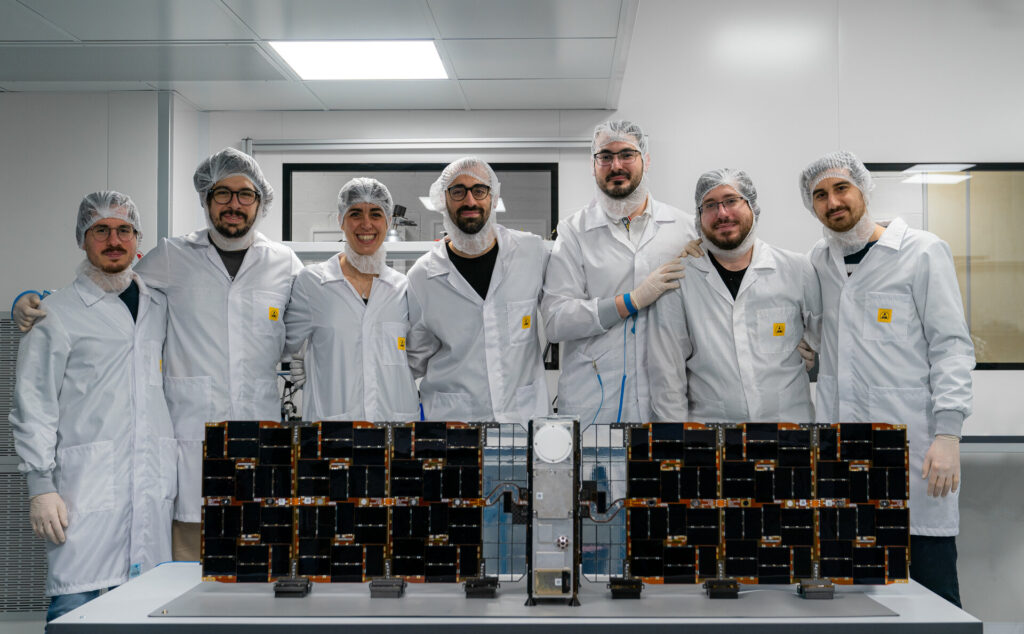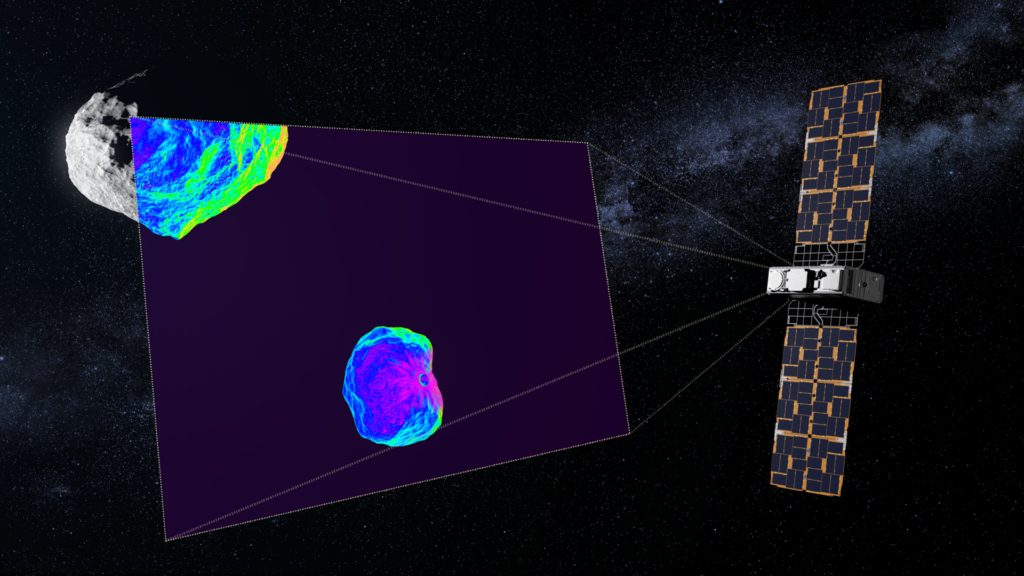Engineers from the Italian Space Agency have completed the assembly of the Milani CubeSat. In the near future, it will undergo a series of tests, after which it will be installed on the Hera spacecraft.

The goal of the Hera mission is the binary asteroid Didymos. It was chosen as the target of an experiment to change the orbit of celestial bodies. In 2022, a NASA-built DART probe crashed into its Dimorphos moon. The impact led to the release of thousands of tons of matter and a change in the period of rotation of the asteroid.
Hera will study the impact of the space bombardment on a pair of asteroids, as well as check whether a crater remains on the surface of the Dimorphos. The spacecraft will not be doing this alone. Hera will take with it a pair of companion vehicles based on the CubeSat platform, which will separate from it after arriving at the target. One of them is called Milani, the other is Juventas.

Milani is assembled from six CubeSat “units”. Its dimensions are 13 x 24.6 x 36.6 cm. The scientific filling of the vehicle is represented by two instruments. The first is the ASPECT camera, which is capable of taking pictures in the visible and near infrared range. The second is the VISTA dust detector, which will be able to detect the presence of water and volatile compounds in asteroid matter. As for the second Juventas CubeSat, it will be equipped with a radar that will have to look into the subsurface layers of asteroids.
After separation from Hera, Milani will perform a series of asteroid flights, during which it will approach them at a distance of up to 2 km. And at the end of the mission, CubeSat will try to board the Dimorphos. Scientists hope that the data collected by its onboard gyroscopes and accelerometers will help them better understand the features of the asteroid’s internal structure.
The Hera mission will be launched in the autumn of 2024. Its arrival to Didymos and Dimorphos will take place at the end of 2026.
According to https://www.esa.int
Follow us on Twitter to get the most interesting space news in time
https://twitter.comne/ust_magazine


